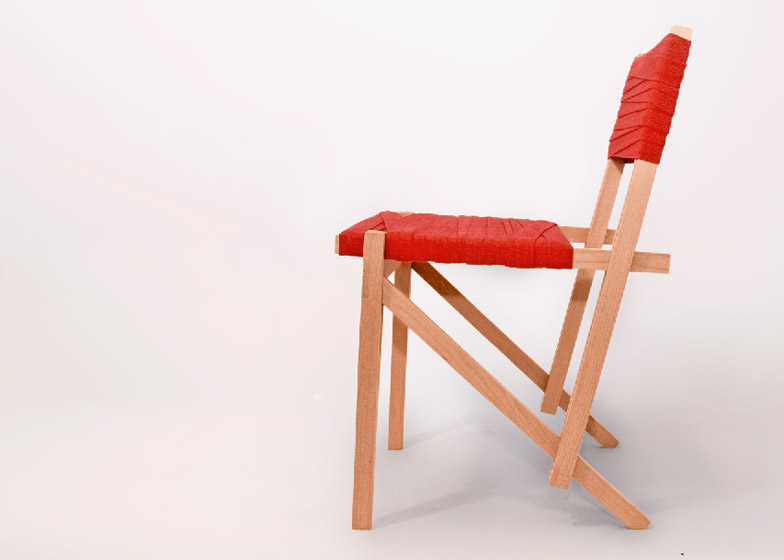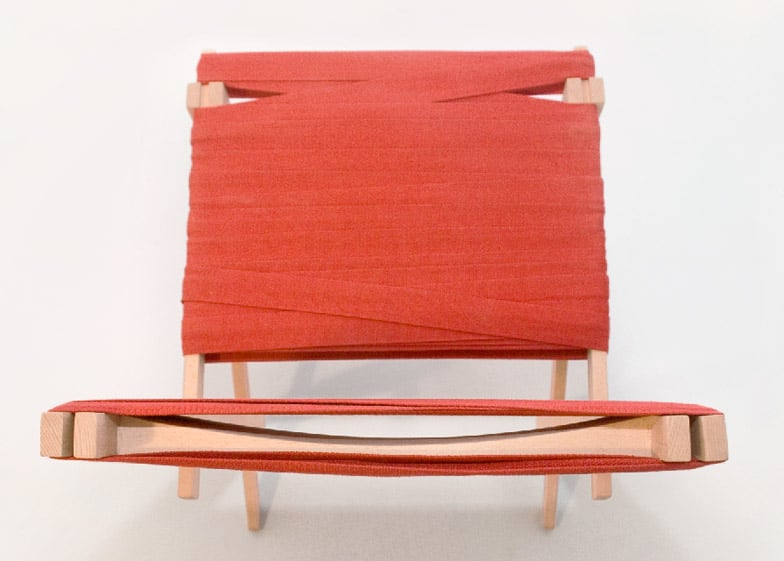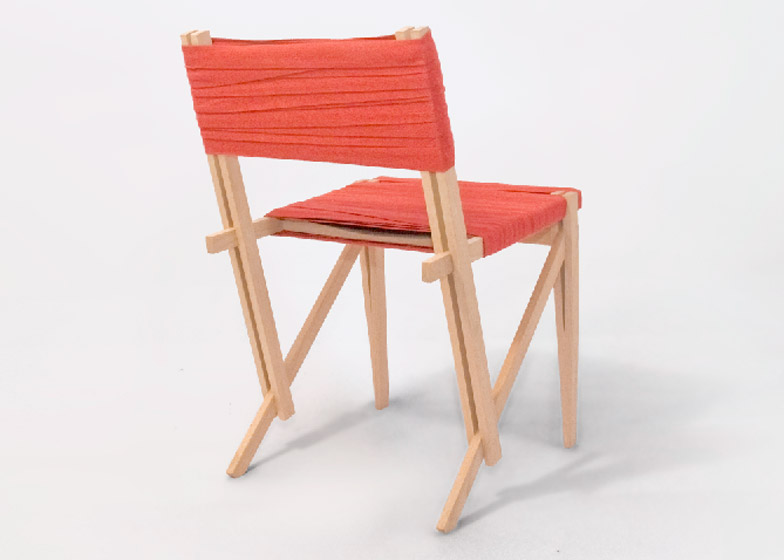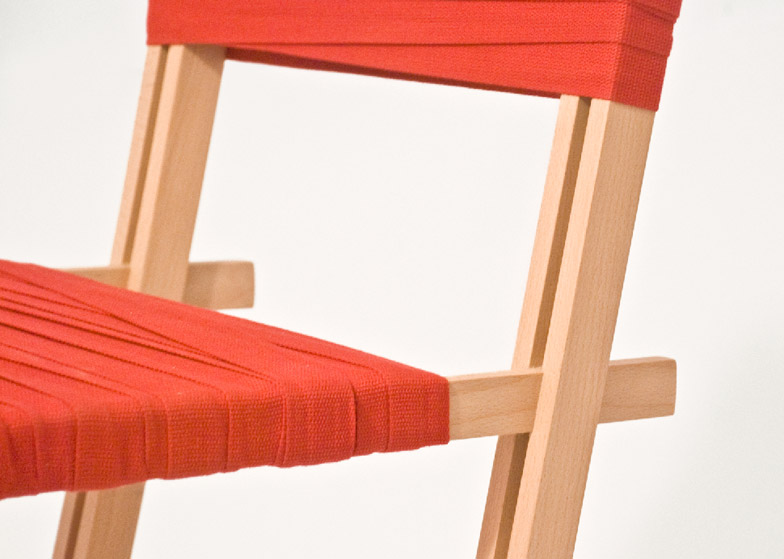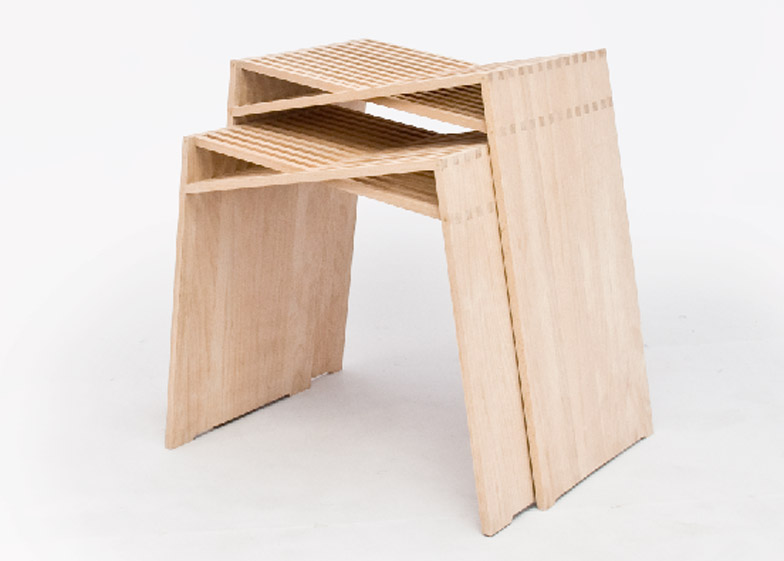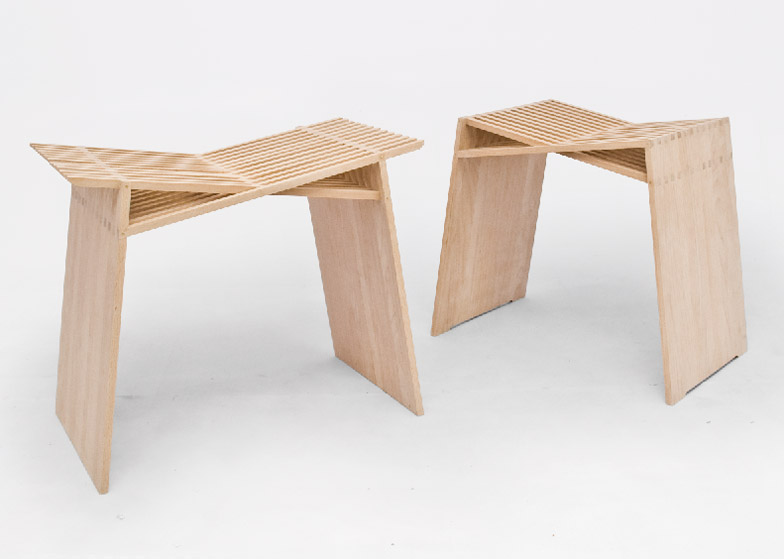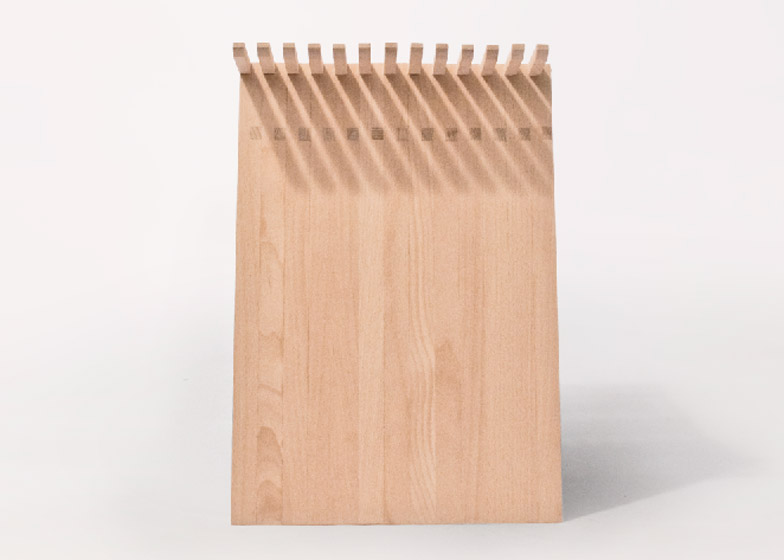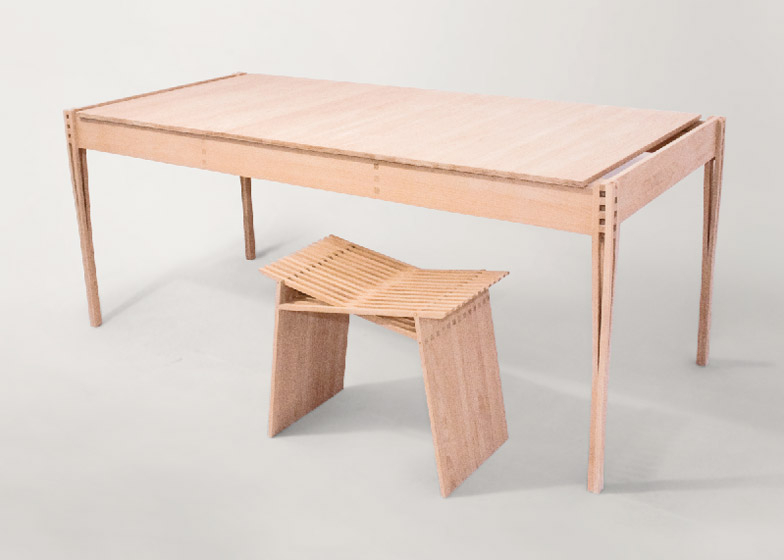Milan 2014: London designer Torsten Sherwood has created a range of wooden furniture influenced by the simple design principles and "common sense approach" of the 19th-century Shaker movement.
Shaker furniture refers to the style developed by members of the religious sect of the same name, who founded a craft movement in the 19th century that eschewed ornamental design – which they believed to be prideful – and instead focused on proportion and form.
"The collection was inspired by the constraint-based approach of vernacular craft designers like the Shakers, who base their work on an understanding of materials, construction and craft," said Torsten Sherwood.
"Given that making is so fundamental to design and architecture, I admire this common sense approach and I hope to show, as they have, that a technically elegant solution can be aesthetically elegant too."
Sherwood's collection of beech wood furniture was exhibited at the Salone Satellite section for emerging designers at the Salone Internazionale del Mobile furniture fair.
The Throne Stool and Pew Stool both involve an innovative take on a traditional timber detail, the finger joint, where the fingers intersect to create a v-shaped seat and very strong structure. "Although intricate, the designs are easy to make and a good example of tectonic design, where construction and poetry combine," said Sherwood.
The Homage chair was originally created for open source design website the Sesame Seed Project. "I started The Sesame Seed project as a design exercise to see what could be achieved within the tightest constraints. It forced me to look for the most efficient solutions," said Sherwood. "The Homage Chair was one of the results and its strong and ergonomic structure is easily made with simple lap joints. It is a design of function that expresses structure with aesthetic effect."
The Banca Desk was conceived as a meeting table in a bank - the word "bank" comes from the medieval Italian "banca", the bench over which money was exchanged. Extended finger joints connect the legs to the tabletop, creating strength and an aesthetic geometric detail.
"At a time when digital manufacturing is taking off, this collection re-examines traditional techniques, materials and approaches in new and innovative ways," said Sherwood.
"Technologically nothing here is new, but the designs, details and structures are, showing that there is still much to be found in traditional craft."
Last week Sherwood was announced as one of four Designers in Residence 2014 at London's Design Museum, for which he will create work over the next four months to be exhibited in September.

